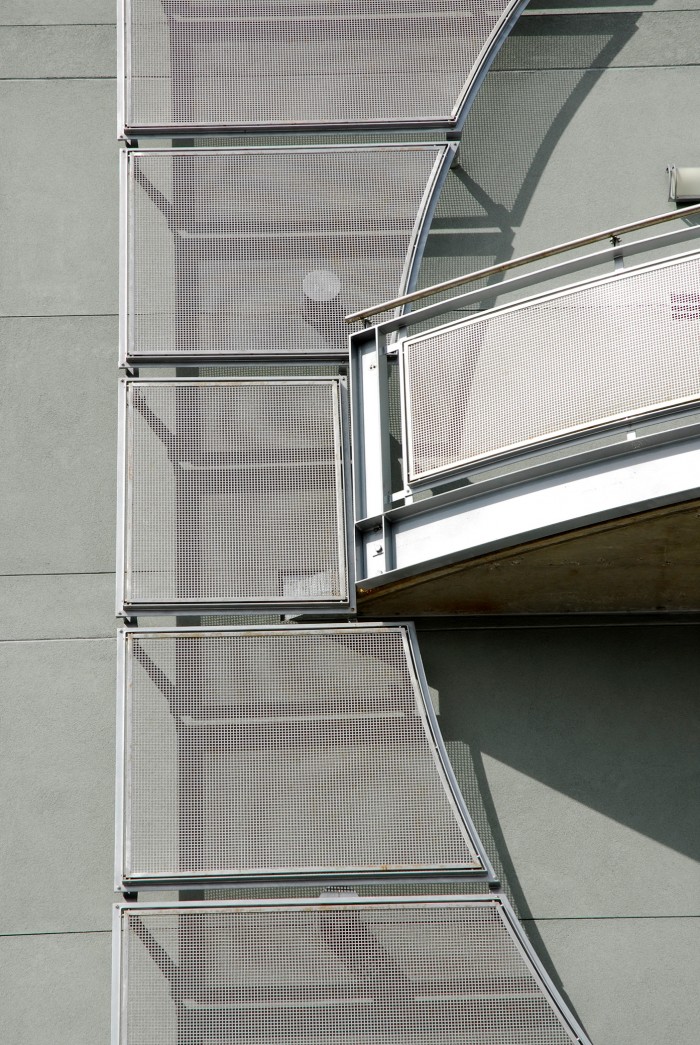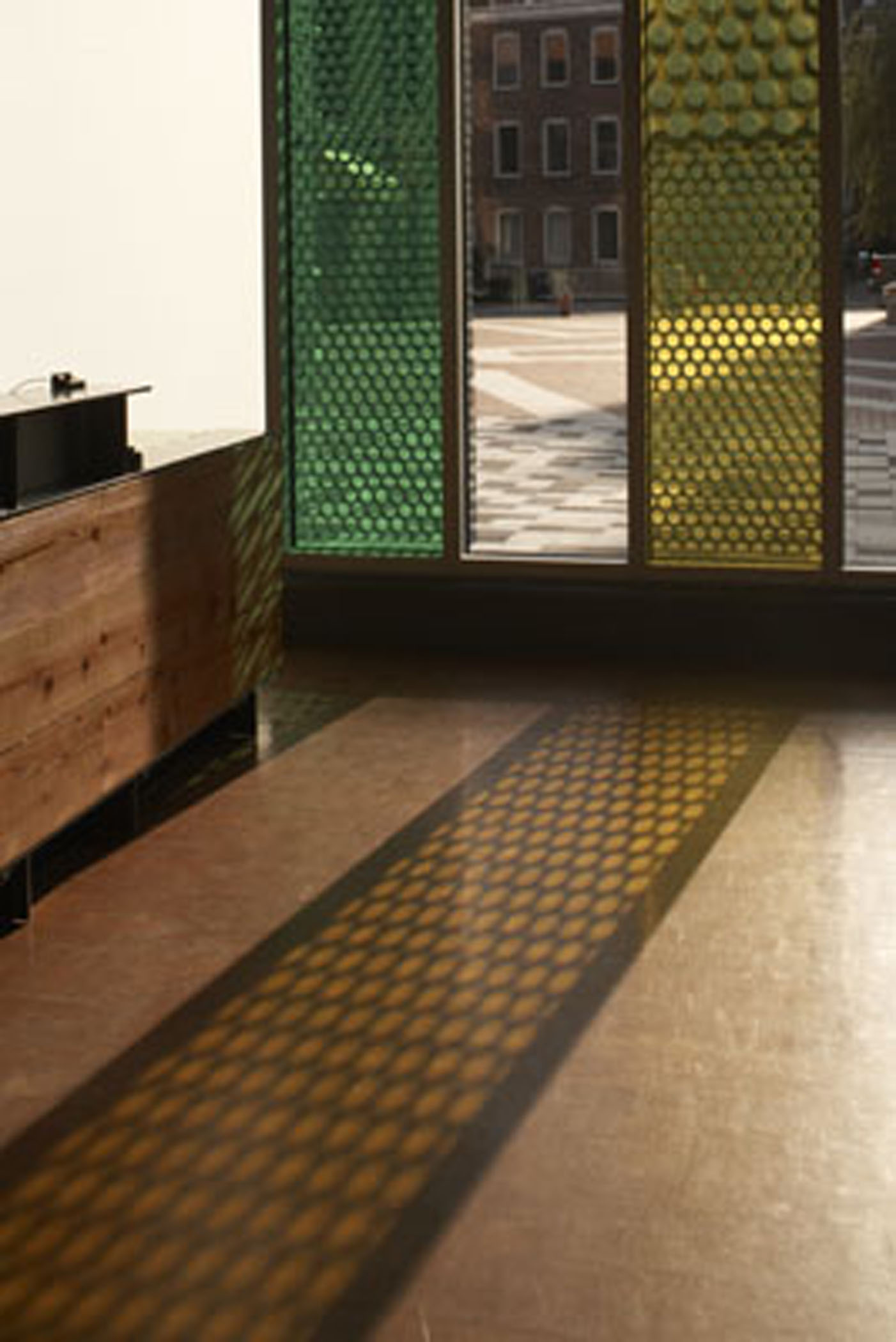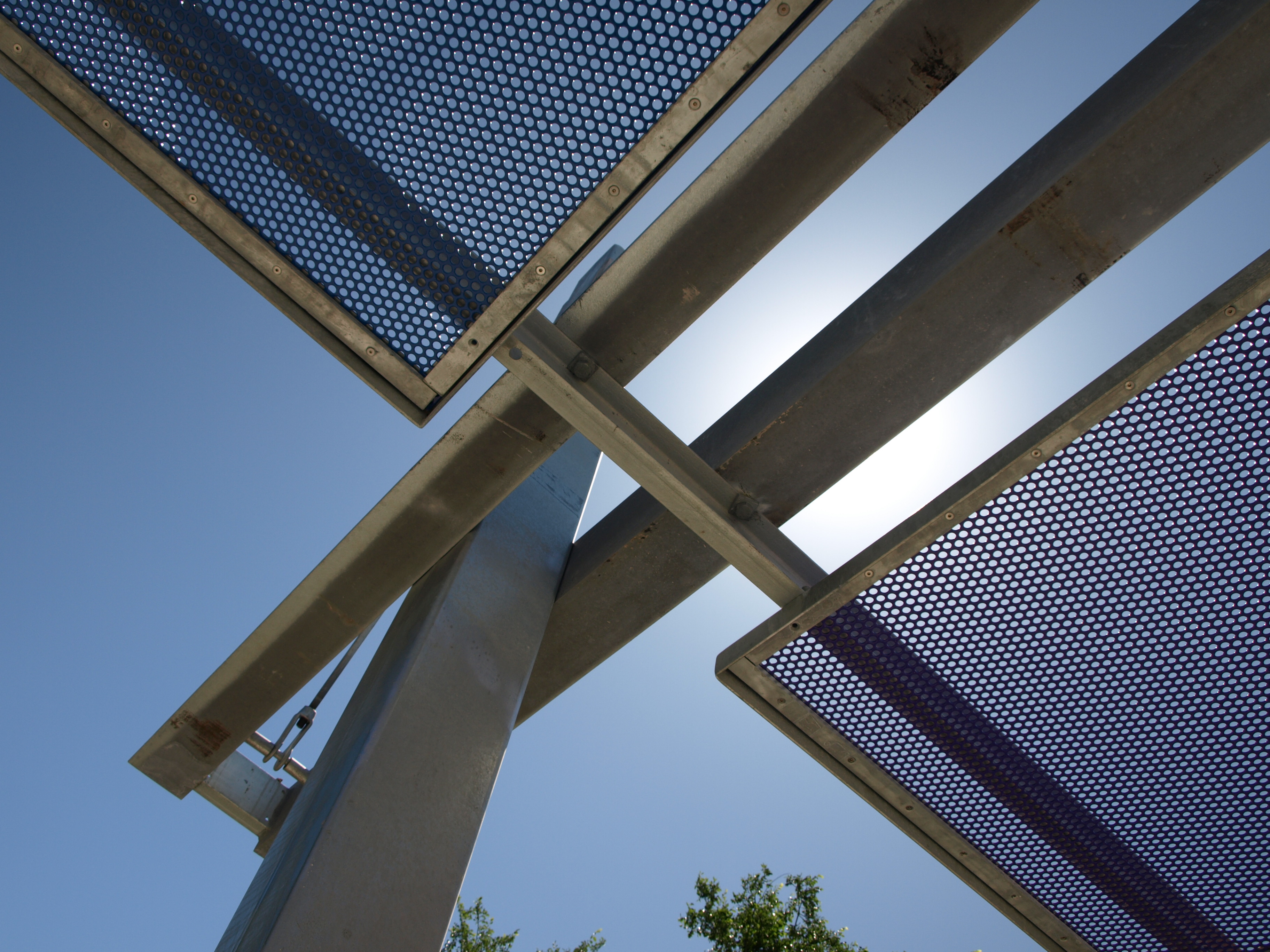A Perforation Primer: Fundamental Considerations of Metal Punching
Here is an outline of the various functions of perforated metals, the impact of punching on a metal’s properties and the difficulties of punching for a non-expert.
Posted: May 16, 2012
Metal punching may seem like a straightforward process with limited uses. In reality, however, it’s a sophisticated process suitable for a wide variety of applications.
To explore whether and how to incorporate metal punching into your next project, this primer will outline the various functions of perforated metals, the impact of punching on a metal’s properties and the difficulties of punching for a non-expert.
FUNCTIONS OF PERFORATED METALS
Among many versatile benefits, metal perforation as created by punching helps contain radiation, perform acoustic functions such as filtering or absorbing specific frequencies and separate an area for privacy and security. While a variety of options are available for applications involving filtration, ventilation, diffusion, sorting and containment, perforated metals offer much more in terms of design options. Additionally, perforated metals, compared to expanded metals or wire cloth, can be produced with fewer secondary operations and at lower costs.
Punching different hole designs in sheets of metal shifts the form and function of the metal and can allow it to perform several important functions simultaneously. For example, a microwave oven door has a perforated metal sheet that protects the user from harmful microwaves while allowing you to look inside.
Industrial perforators continue to advance the applications of these materials. Newer applications include the filtration and purification of air, water and gases; separation of solids; lighting effects; weight reduction; and architectural and product elements. The continuing growth of perforated metals would suggest that these applications are only the beginning.
HOW DIFFERENT HOLE SHAPES AND PATTERNS AFFECT STRENGTH AND STIFFNESS
Once the desired function of perforated metal is determined, it’s time to look at your best hole punching option.
First, you’ll need to determine the hole type. The three most common are round, square and slot. Round holes, which are the most versatile and can be produced the most efficiently and at the lowest cost of the three options, account for over 80 percent of production in the perforation industry, with sizes ranging from .02 in to over 6 in.
Square holes are often used in grills or guard applications on appliances. These holes offer a lot of open area, or the total hole area of the sheet, which allows for higher visibility while still providing protection and aesthetics. However, square holes are weaker than round ones, as their sharp corners are easily broken and worn.
Slot holes, which are best suited for sorting and grading solid objects, are also commonly used in ventilation systems or in decorative functions.
Next, you must determine the optimal size and pattern for your application. Hole diameter should never be less than the thickness of the material. If this happens, this can lead to tool failure, part unreliability and increases in production costs.
The strongest perforation patterns are the 60-degree staggered and the 45-degree staggered. The strongest pattern all around is round holes arranged in a standard 60-degree triangular pattern ranging from .02 inch to 6 inches. The 60-degree staggered pattern accounts for over 50 percent of the perforating industry’s production.















